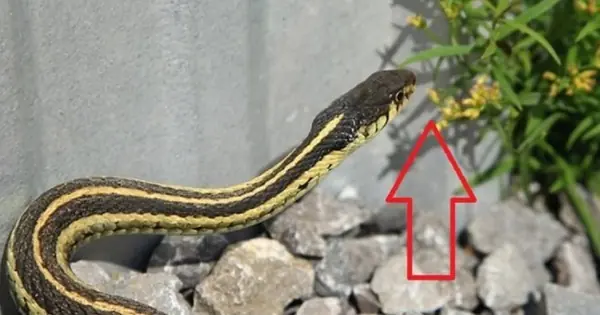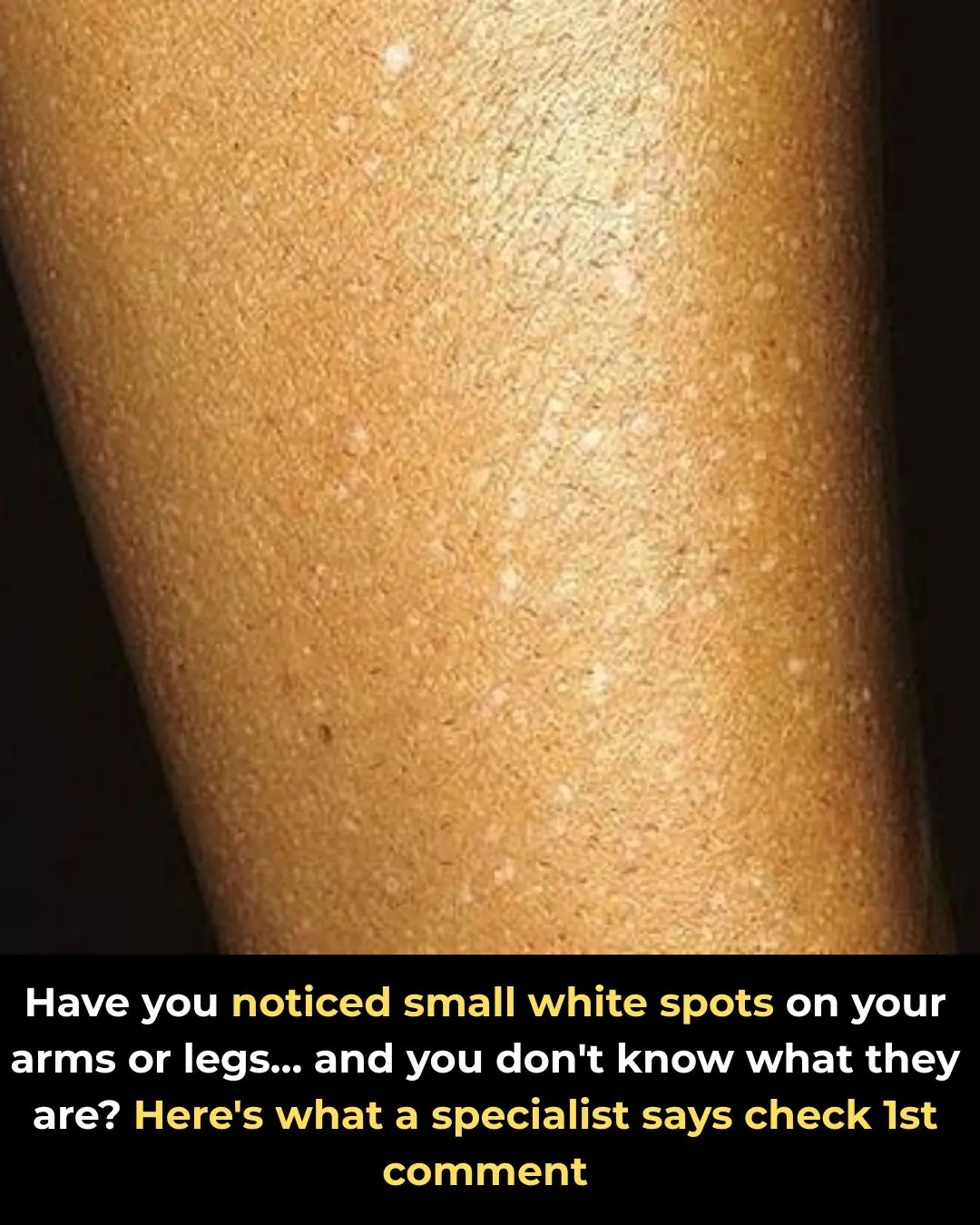
Fingerprint Individuality: A Story Written by Biology, Environment, and Chance
Even though identical twins share the same DNA, they do not share identical fingerprints—an intriguing fact that highlights the powerful role of environment in human development. While twins often have broadly similar fingerprint patterns, such as loops or whorls, the fine-scale details that make prints unique are shaped by subtle, unpredictable conditions in the womb. Scientists have long known that fingerprint development begins early in gestation—between weeks 13 and 19 of pregnancy—and that genetics merely provides the blueprint. The final patterns, however, emerge from tiny environmental influences that no genetic similarity can override.
During this critical developmental window, a wide range of factors contribute to the formation of each ridge, curve, and bifurcation. Slight differences in fetal position, variations in amniotic fluid movement, the pressure exerted on the fingertip, relative finger growth rate, and even the length and placement of the umbilical cord create micro-level variations. Studies published in Forensic Science International and the National Library of Medicine (NIH) confirm that these physical forces act randomly, producing unique friction ridge patterns in every individual—including monozygotic twins who otherwise share identical genomes.
Once formed, fingerprints remain permanent throughout life. After birth, everyday experiences add new layers of individuality. Skin thickness, exposure to friction, occupation, and changes in height and weight subtly shape the fingertip ridges over time, making the distinctions between individuals even more pronounced. According to analyses reported by Nature and Scientific American, the mathematical likelihood of two unrelated people sharing identical fingerprints is estimated at less than one in 64 billion—so low that fingerprints remain one of the most reliable biometric identifiers ever discovered.
This phenomenon is not exclusive to humans. Research on primates shows that chimpanzees and gorillas also have highly individualized fingerprints, a trait believed to help with grip and tactile sensitivity. Even more astonishing is the case of koalas. Despite having evolved separately from primates, koalas developed fingerprints so similar to humans that forensic scientists have noted how their prints can be nearly indistinguishable under a microscope. A study highlighted in the Journal of Zoology shows that this is a rare example of convergent evolution, where two unrelated species develop similar biological features due to shared environmental pressures.
Fingerprints are far more than a convenient identification tool used in forensics; they are a biological autobiography written onto our skin. Each ridge tells a story shaped by genetics, the randomness of fetal development, and the lifelong influences of environment and experience. In a world where DNA can match perfectly between twins, fingerprints stand as a powerful reminder that individuality begins long before birth and continues to evolve throughout a lifetime.
News in the same category


Northwestern Study Reveals Hidden Dangers in Youth Skincare Influencer Culture

Scientists Discover a Brain Receptor That Acts as a Natural Shield Against Alzheimer’s

A Fluorescent Breakthrough: New Dye Helps Surgeons Precisely Target Prostate Cancer

The Shocking Secret of Spider Flight: How Electric Forces Lift Them Into the Sky

When a Humpback Whale Became a Hero: The Extraordinary Rescue of Marine Biologist Nan Hauser

🤯 Beyond the Void: How Quantum Physics Suggests the End of Life Is an Illusion

🧠 Medical Marvel: The Bullet That Accidentally Cured Severe OCD

If you kiss a deceased loved one, you should know that it causes ...

When a Woman Bites Her Lip While Staring at You, It Means She Is ...

3 flowers that make snakes tremble with fear — beautiful and safe to plant around your home

Meet Jonathan: The 192-Year-Old Tortoise Who Has Witnessed History and Continues to Inspire

Retired Couple in UK Successfully Nurtures 90-Million-Year-Old Wollemi Pine, Leading to Its First Reproduction Outside Australia

Stem Cell Therapy for Type 1 Diabetes Shows Promise in Human Clinical Trials

Have you noticed small white spots on your arms or legs… and you don't know what they are?

How Guyana Became the Only Nation Fully Self-Sufficient in All Seven Major Food Groups

Donald Trump's new scarf leaves everyone saying the same thing

Scientists May Have Just Found a Breakthrough Hair-Loss Treatment

Panama's Marine Collapse: The End of a Key Ocean Upwelling System and What It Means for the Future
News Post

Study Finds Parents Show More Affection to Daughters Than Sons Worldwide

US Researchers Develop Ultra-Light Metal Foam That Stops Armor-Piercing Bullets

🛁 Say Goodbye to the Shower: Japan Unveils the 15-Minute "Human Washing Machine"

Northwestern Study Reveals Hidden Dangers in Youth Skincare Influencer Culture

Japanese Scientists Launch Human Trials for TRG-035, a Drug That Could Regrow Lost Teeth Naturally

Scientists Discover a Brain Receptor That Acts as a Natural Shield Against Alzheimer’s

A Fluorescent Breakthrough: New Dye Helps Surgeons Precisely Target Prostate Cancer

The Shocking Secret of Spider Flight: How Electric Forces Lift Them Into the Sky

When a Humpback Whale Became a Hero: The Extraordinary Rescue of Marine Biologist Nan Hauser

🤯 Beyond the Void: How Quantum Physics Suggests the End of Life Is an Illusion

Mauro Morandi: Living 33 Years in Complete Solitude on a Remote Italian Island

🧠 Medical Marvel: The Bullet That Accidentally Cured Severe OCD

One simple scoop a day can spark full-body healing — here’s what happens next

Twenty-Year-Old Nokia 3310 Still Holds 70% Battery, Highlighting the Longevity of Early Mobile Phones

Magnetic Rice-Sized Robot Could Revolutionize Non-Invasive Kidney Stone Treatment

4 Unusual Morning Pains You Should Never Ignore — They May Signal a Hidden Tumor

Quick & Easy Freezer Defrost Hack: Melt Ice in Just 5 Minutes with Zero Effort

A Love That Never Looked Away — The Story of Ron and Cheryl.
